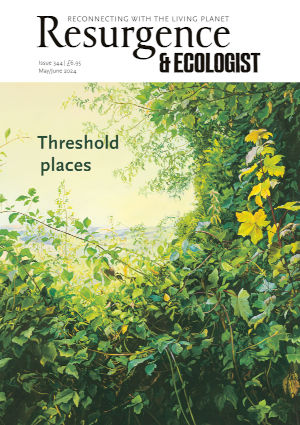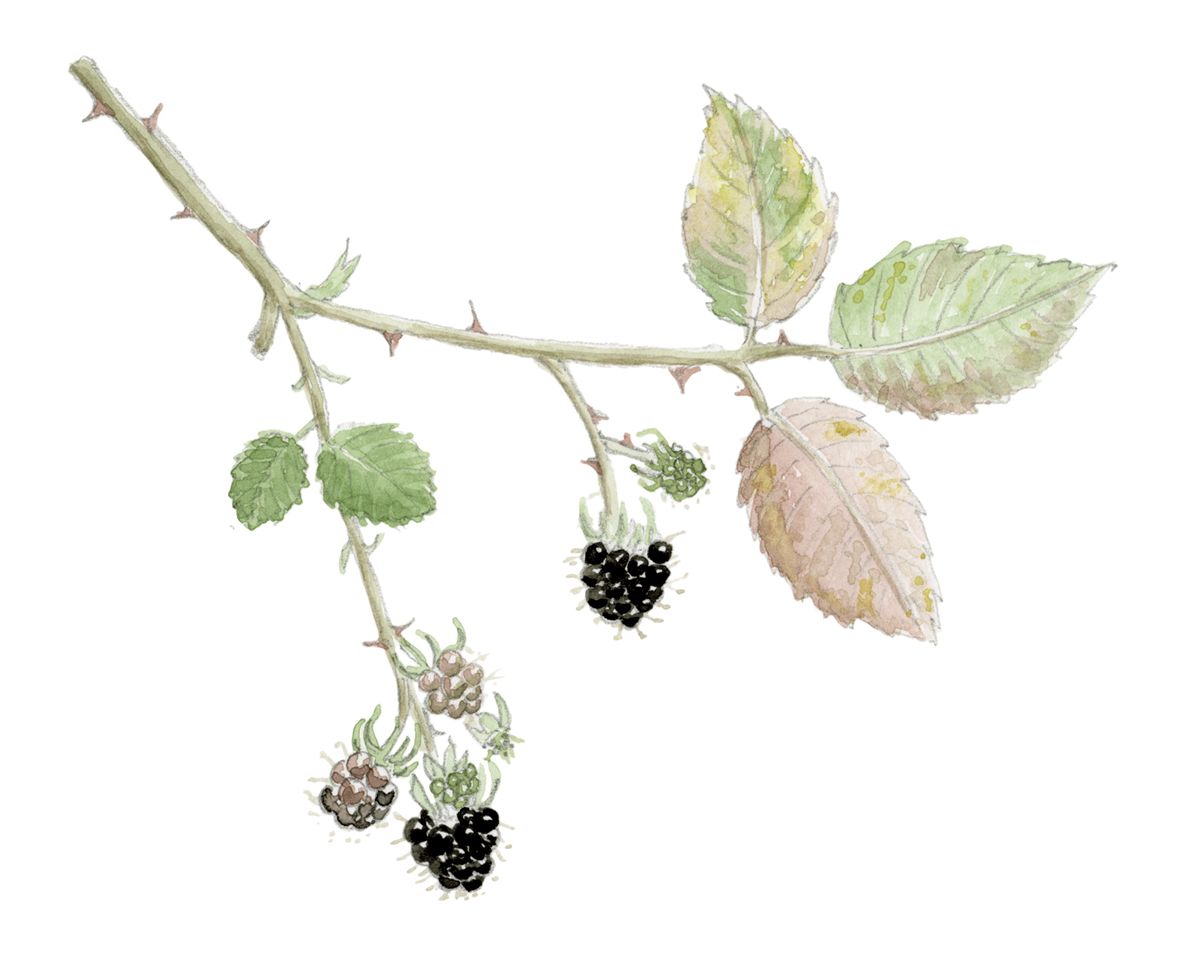Thanks to social media, I have ‘known’ Emma Mitchell for many years, by which I mean enjoyed her words and images through my phone. Her Nature drawings and stunning compositions of gathered flowers, feathers, leaves drew me in with their beauty, charm and detail. A writer, artist, creator, illustrator and naturalist, she shines out as a beacon of hope in a sometimes murky world.
Mitchell combines her creativity with honesty about her mental health and wellbeing. She has lived with “the grey slug”, as she calls her depression, for over two decades. Her frank openness about it sometimes means she loses followers and even falls victim to unkind comments. She wrote in 2023 on Twitter (now X): “Lost a bunch of followers for that last tweet. I’m candid about mental illness round here as mine was stigmatised by those close to me and by my own shame for 25 years. If you don’t like hearing about it, you may be missing something that would help a loved one… or yourself.”
Those hoping for just pretty pictures may turn away, but for many of the rest of us her words have power and integrity, solidarity and welcome candour. This brings depth and intensity of meaning to her creations.
Mitchell’s two previous books are both Sunday Times bestsellers. Making Winter: A Creative Guide for Surviving the Winter Months (2017) and The Wild Remedy: How Nature Mends Us – A Diary (2021) both share how Nature eases Mitchell’s depression.
Now comes The Wild Remedy Journal: Finding Wellness in Nature. It’s a small, attractive book that invites you to pick it up. The artwork and photos are beautifully guided through the calendar year with seasonal tasks, suggestions, and words of wisdom. Many prompts are interactive, inviting us to record our own adventures and reflect. The gentle, guiding narrative is warm and nurturing.
Books like this can often seem without substance, but Mitchell’s skill is to gently integrate the science about emotional wellbeing. She’s interested in the impact of Nature on our cortisol, serotonin and dopamine levels. For example, finding objects with autumnal colours, bringing them home and arranging them with gradations of colour “will significantly increase the amount of dopamine and natural cannabinoid released into your synapses and improve your mood”, she explains.
I particularly enjoyed the prompts to study the small botanical details in the pictures. It’s so easy to just glance at an image and consider the information obtained, rushing on, but when I did truly focus on it, taking the time to consider each tendril, each petal, each wisp, I really did feel calmness and a sense of peace. Mitchell explains how this can alleviate anxiety and that it helps her reach the beneficial flow state of mindfulness.
Thanks to this book, I now delight in noticing fractals everywhere. Mitchell writes, “fractals are patterns that repeat themselves on several scales in the same structure”, and they include shells, pine cones, and patterns on branches and leaves.
I must confess I was reluctant to start using the book as it is intended. I knew my scrawls and tentative sketches would only take away from its aesthetic charm. But maybe this showed me something about myself, hinted at a slight lack of confidence. So I made myself, and there has been a quiet pleasure in creating my own story in so lovely a place. When I look at previous entries, I don’t mind that my writing is messy, but rather I am taken back to the moment and the memory.
This is a book to keep by you as the year progresses – maintaining that thread of natural connection throughout the changes in the seasons.
The Wild Remedy Journal: Finding Wellness in Nature by Emma Mitchell. Michael O’Mara Books, 2023. ISBN: 9781789295719.








